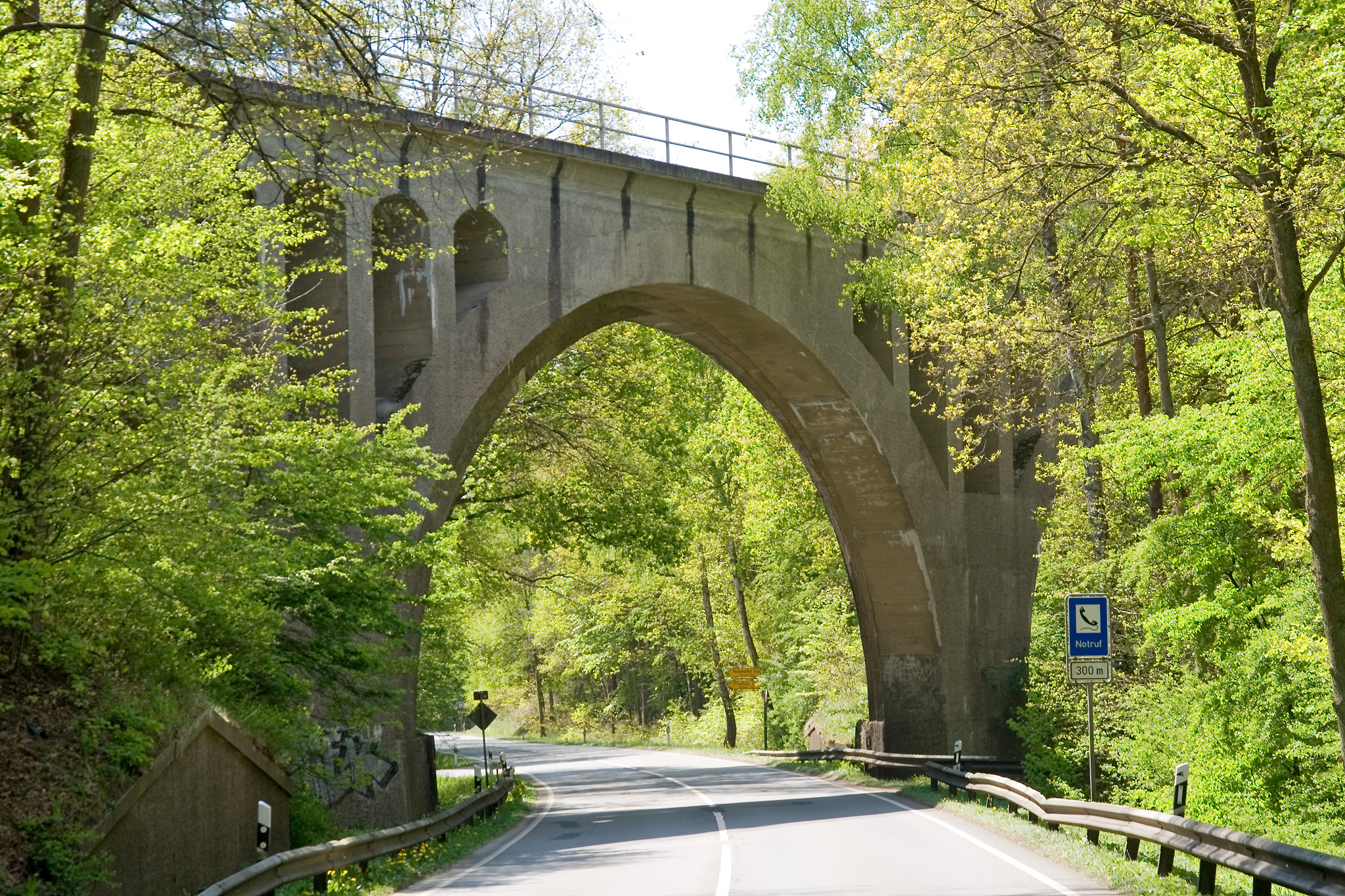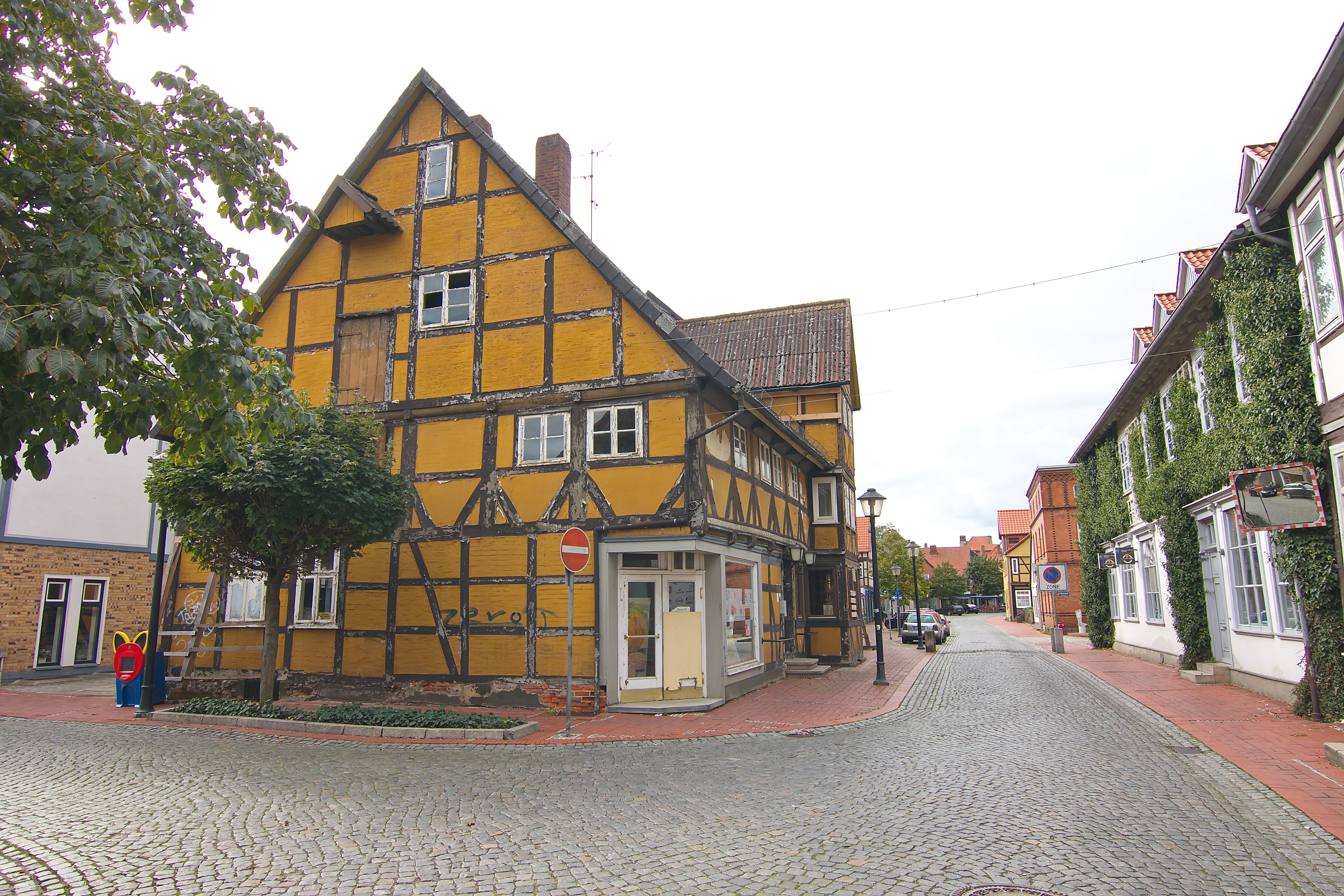|
Altenhagen (Celle)
Altenhagen has been a municipality in the borough of Celle in northern Germany since 1973. It lies on the northeastern edge of the town. The original village dates back to 1377. The area is divided into a new industrial estate and the old village by the Bundesstraße 191, B 191 federal road that runs from Celle to Eschede and Uelzen. The industrial estate includes a post office distribution centre. The railway line from Celle to Wittingen runs past the edge of Altenhagen, but the station at Altenhagen has rarely been used since it was closed to passenger services. The centre of the old village is characterised by several rural farmyards and a number of handicraft firms. There is also a kindergarten and the local community hall for the parish of Celle's town church. On the northeastern edge of the village is a large vocational college campus which incorporates two training schools (''Berufsbildende Schulen''), BBS I and BBS IV, and known as the Albrecht Thear School. Politics Th ... [...More Info...] [...Related Items...] OR: [Wikipedia] [Google] [Baidu] |
Celle
Celle () is a town and capital of the district of Celle, in Lower Saxony, Germany. The town is situated on the banks of the river Aller, a tributary of the Weser, and has a population of about 71,000. Celle is the southern gateway to the Lüneburg Heath, has a castle ('' Schloss Celle'') built in the Renaissance and Baroque style and a picturesque old town centre (the ''Altstadt'') with over 400 timber-framed houses, making Celle one of the most remarkable members of the German Timber-Frame Road. From 1378 to 1705, Celle was the official residence of the Lüneburg branch of the dukes of Brunswick-Lüneburg ( House of Welf) who had been banished from their original ducal seat by its townsfolk. Geography The town of Celle lies in the glacial valley of the Aller, about northeast of Hanover, northwest of Brunswick and south of Hamburg. With 71,000 inhabitants it is, next to Lüneburg, the largest Lower Saxon town between Hanover and Hamburg. Expansion The town covers ... [...More Info...] [...Related Items...] OR: [Wikipedia] [Google] [Baidu] |
Industrial Estate
An industrial park (also known as industrial estate, trading estate) is an area zoned and planned for the purpose of industrial development. An industrial park can be thought of as a more "heavyweight" version of a business park or office park, which has offices and light industry, rather than heavy industry. Industrial parks are notable for being relatively simple to build; they often feature speedily erected single-space steel sheds, occasionally in bright colours. Benefits Industrial parks are usually located on the edges of, or outside, the main residential area of a city, and are normally provided with good transportation access, including road and rail. One such example is the large number of industrial estates located along the River Thames in the Thames Gateway area of London. Industrial parks are usually located close to transport facilities, especially where more than one transport modes coincide, including highways, railroads, airports and ports. Another commo ... [...More Info...] [...Related Items...] OR: [Wikipedia] [Google] [Baidu] |
Bundesstraße 191
The Bundesstraße 191 or B 191 is a German federal road. It begins in Celle at the B 3 and ends at the new bypass north of Plau am See connecting to the B 103. History Origins The old unmetalled road between Ludwigslust and Parchim was upgraded in 1845 to a surfaced road. One year later roadworks were completed as far as Lübz and, in 1936, the first road bridge over the Elbe was opened in Dömitz . Old routes and names In 1937 the road was designated as Reichsstraße 191. During the division of Germany it was interrupted at the Inner German Border where the Elbe bridge had been partly destroyed in an airstrike in April 1945. The western section between Celle and the banks of the Elbe near Dannenberg (Elbe) belonged to West Germany and was called the Bundesstraße 191. The eastern section between Dömitz and Plau am See belonged to East Germany and was known as Fernverkehrsstraße 191 (abbr: F 191). Since the rebuilding of the 970 m long Elbe Bridge at D� ... [...More Info...] [...Related Items...] OR: [Wikipedia] [Google] [Baidu] |
Eschede
Eschede () is a municipality in the district of Celle, in Lower Saxony, Germany. Situated approximately 15 km northeast of Celle, Eschede lies at the border of the Südheide Nature Park, a protected area of large forests and heaths. Today around 20 small villages are part of the "Gemeinde Eschede". In 1975, the largest forest fire in the history of Germany destroyed vast tracts of forests in the area. The place is also known for the 1998 Eschede train disaster, in which an ICE 1 train crashed, killing 101 and making it the worst German rail accident since the Second World War. The painter Albert König (1881–1944) was born in Eschede, and the "Albert-König-Museum" can be visited in Unterlüß nearby. Eschede was the seat of the former ''Samtgemeinde'' ("collective municipality") of Eschede. Notable people *Wilhelm Brese (1896–1994), German politician (DNVP, CNBL, CDU), was chairman of the savings and loan association in Eschede and was leader of the church council ... [...More Info...] [...Related Items...] OR: [Wikipedia] [Google] [Baidu] |
Uelzen
Uelzen (; officially the ''Hanseatic Town of Uelzen'', German: ''Hansestadt Uelzen'', , Low German ''Ülz’n'') is a town in northeast Lower Saxony, Germany, and capital of the county of Uelzen. It is part of the Hamburg Metropolitan Region, a Hanseatic town and an independent municipality. Uelzen is characterised by timber-framed architecture and also has some striking examples of North German brick Gothic. The county town earned pan-regional fame when Friedensreich Hundertwasser was selected to redesign the station: the final work of the celebrated Viennese artist and architect was ceremonially opened in 2000 as the Hundertwasser Station, Uelzen, and has since been a popular tourist magnet. The Polabian name for Uelzen is (spelled ''Wiltzaus'' in older German reference material), possibly derived from or (< Slavic *) 'alder'. Geography Loca ...
|
Wittingen
Wittingen () is a town in the district of Gifhorn, Lower Saxony, Germany. It is about northeast of Gifhorn, and southeast of Uelzen. Division of the town Wittingen consists of 27 districts: History The earliest identified record of Wittingen appears in a document dated 781 which defines the territorial borders of the Bishopric of Hildesheim. Another early mention dates from 803 during the reign of Charlemagne, this time identifying the borders of the newly established Bishopric of Halberstadt. Neither of these sources pins down a date for the foundation of Wittingen, however. During the Medieval period Wittingen was not merely a frontier point, but also a focus for traffic crossing into and out of the Altmark. The town was a trading point and an overnight stop for east-west commerce. Its significance was signaled in the ninth century when The Bishopric had the Church of St Stephen built. By the beginning of the thirteenth century Wittingen had been granted Town privileges ... [...More Info...] [...Related Items...] OR: [Wikipedia] [Google] [Baidu] |
Kindergarten
Kindergarten is a preschool educational approach based on playing, singing, practical activities such as drawing, and social interaction as part of the transition from home to school. Such institutions were originally made in the late 18th century in Germany, Bavaria and Alsace to serve children whose parents both worked outside home. The term was coined by German pedagogue Friedrich Fröbel, whose approach globally influenced early-years education. Today, the term is used in many countries to describe a variety of educational institutions and learning spaces for children ranging from 2 to 6 years of age, based on a variety of teaching methods. History Early years and development In 1779, Johann Friedrich Oberlin and Louise Scheppler founded in Strasbourg an early establishment for caring for and educating preschool children whose parents were absent during the day. At about the same time, in 1780, similar infant establishments were created in Bavaria. In 1802, Princess P ... [...More Info...] [...Related Items...] OR: [Wikipedia] [Google] [Baidu] |



.jpg)

.jpg)